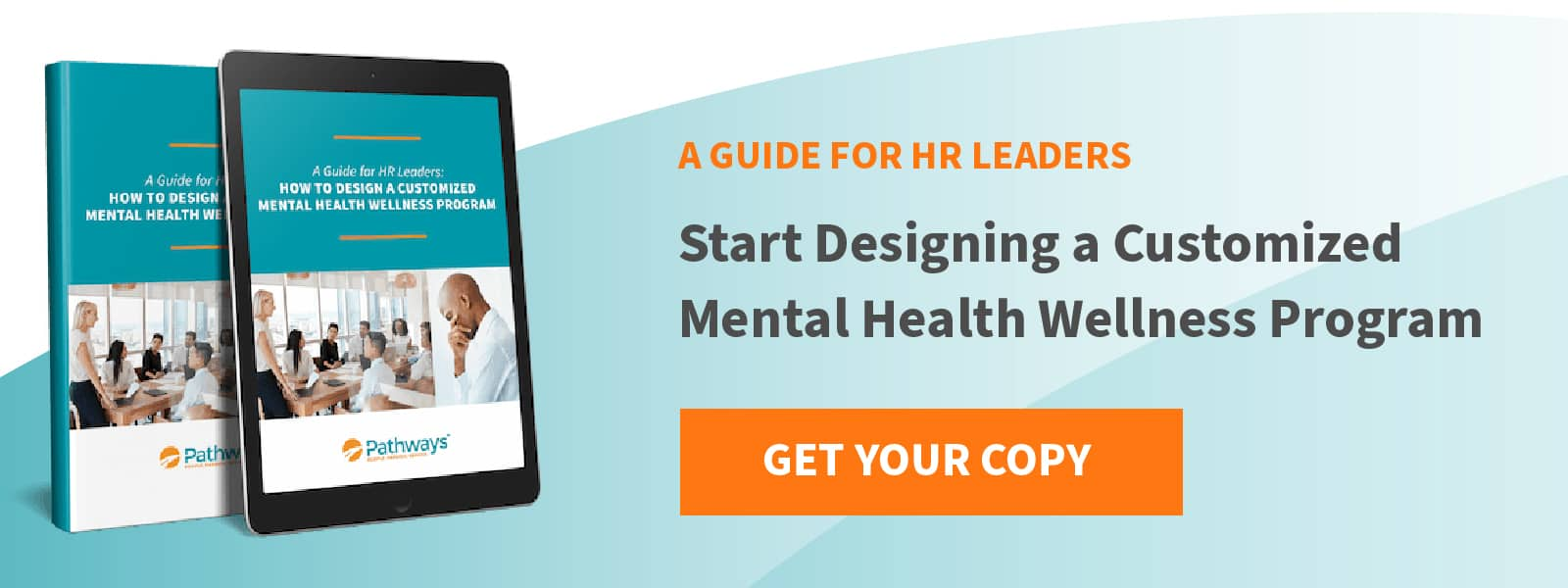Contemporary Issues in the Workplace: HR Challenges in 2021
Our lives have changed considerably recently— and so has the workplace. Shifts in work environments have led to adjustments significantly impacting how we work. At one point, we wondered when we would return to normal, but now, we’re adjusting to a new normal.
Human resources departments lead the challenging effort to support employees in continuously evolving work environments. Whether teams work from the office or home (full- or part-time), changes to employees’ routines generate complex workplace issues.
Overcoming contemporary workplace issues depends on how well HR teams support their people and how well Senior Leadership supports HR efforts. Employees, including HR staff, are more burnt out and stressed than ever before, significantly impacting engagement, retention, conflict, and productivity. In addition, strains on physical and mental wellbeing take a toll on company culture.
From employee mental health to recruiting top talent, contemporary work issues concern organizations’ most valuable asset: their people. We’ll break down the most significant challenges in the modern workplace and how HR can combat them by supporting employees.
Communication Barriers in the Modern Workplace
In March 2020, seemingly overnight, employees went from in-person collegial interactions to virtual communication. That, alone, was enough to mangle communication and increase workplace conflict; however, employees weren’t just grappling with changes to their work environment— the pandemic impacted every aspect of their lives.
A staggering majority of employees struggled due to the pandemic. In our recent study of over 2,200 employees, 89% reported stress concerns in 2020 and 2021. Employee stress inevitably leads to reduced emotional resilience, impacting workplace emotional resilience. In addition, stress leaves employees more emotionally sensitive and less equipped to deal with conflict.
With increased stress levels comes communication issues, and miscommunication can feel more significant to those experiencing stress. This increase in stress and conflict was especially true when employees shifted to remote work and remain true with the return to office initiatives. This change increases stress, disrupts newly found routines, and spotlights uncertainty and differences over pandemic issues. Thus, communication issues and conflict remain prevalent even as employees return to the office full- or part-time.
Human resources departments should be prepared to address increased stress and anxiety among employees to mitigate communication barriers and conflict. Acknowledging workplace stress is the first step to creating a safe space for employees to voice their concerns. Creating a psychologically safe workplace should be a top priority to reduce non-productive or hurtful communication. If employees feel comfortable discussing their feelings, conflicts can be resolved before they impact work.
The pandemic not only changed how we work but how we think about employee benefits. Two trends likely to continue are the focus on flexibility and employee well-being. Investments in employee programming that facilitate coping with stress, anxiety, and burnout have increased across industries. A recent Care.com survey of Human Resource leaders and C-suite decision-makers revealed that 41% of leaders expanded employee mental health benefits this year.
As more organizations invest in such initiatives, supporting employees’ well-being will be the norm rather than an optional perk of forward-thinking companies. Adopting employee-centric benefits and policies with a focus on mental health and balance will predictably boost employee morale. Making meaningful changes to your company culture is a long-term investment that starts with employee well-being. For example, improving employee stress management and emotional resilience starts with leadership initiatives and adding meaningful programs to employee benefits.
The Current Job Market & Recruiting Landscape
The current job market is booming. Job openings are at an all-time high, and hiring has been consistently on the rise. So, naturally, recruiters dream of this kind of job market; however, the pandemic changed the game rules. As a result, the market is highly competitive, but candidates have different priorities than they did before COVID-19.
It’s a candidate’s market— culture, benefits, and flexibility are top priorities for those in the job search. A recent study found that most candidates are more concerned with work/life balance than pay. So your company’s competitive edge in the job market is about how your culture prioritizes employee well-being.
Candidates are likely leaving a job they stuck with through the pandemic, when job security was a significant concern. For some, this meant working longer hours for reduced pay or taking on more work while working from home. Prospective employees are looking to join organizations that will prioritize them, and their well-being, as a change of pace.
For recruiters and HR teams, attracting top talent will depend on how healthy your company culture is. To remain competitive in the job market, your organization should promote healthier company culture. Assess how you can highlight your company’s positive and perceptive culture in the hiring process beyond sharing the employee benefits packet.
Modern Workplace Environment and Culture Issues
In the modern work environment, employees expect flexibility and compassionate company cultures. Unfortunately, the lack of work-life balance has made some employees feel burnt out and exhausted. Whether or not employees are already struggling with burnout or stress, supporting employees is a make-or-break component of your company culture.
In the modern work environment, a majority of employees expect more flexibility from their employers. Team members have remained productive working from home and want more flexibility to reestablish their work-life balance. As a result, flexible work has taken on a new meaning, too. It’s not just about location anymore; it’s also about flexible working hours.
As working from home becomes the norm, so will more flexibility around when employees work. Some employers have embraced flexible work hours and allow employees to track their time to ensure a 40-hour workweek. Others are abandoning 5-day work weeks altogether in favor of a 4-day workweek.
In the end, employee engagement, retention, and recruitment will depend on the level of flexibility you offer your team. If your industry or revenue stream can’t hack flexible hours, you’ll need to get creative with other flexible benefits. For example, some organizations offer unlimited or required PTO to illustrate your company’s commitment to work-life balance.
While flexibility is in high demand from candidates, work-life balance is a critical concern. Demonstrating how you’ve invested in the well-being of your people during the interview process can be just as valuable as flexible work. Strategic partnerships with employee well-being companies, employee engagement programs, and generous PTO programs are possible ways to highlight your commitment to work-life balance.
Future Challenges for Human Resources Management
Human resources teams faced significant obstacles throughout the pandemic, and the evolving nature of work will continue to pose future challenges. The biggest challenge for HR will be employee experiences and work culture. Prioritizing employees’ wellbeing and company culture will help reduce staff turnover and how you attract top talent.
If your organization’s culture needs a boost, consider implementing an employee well-being program. Pathways at Work is a comprehensive employee mental health program with customizable, live, and on-demand training workshops, resources, and tools.
Tackle contemporary workplace issues head-on with our guide designed to help HR leaders build their mental health wellness program. Follow our 9-step approach to create a customized mental health wellness program to support employees and help your business thrive.



.jpg)